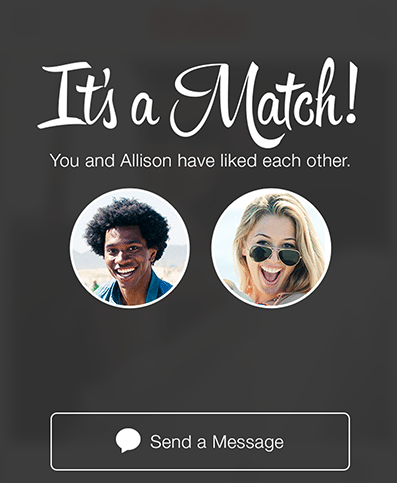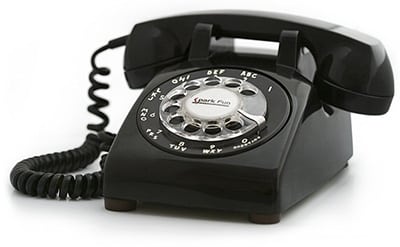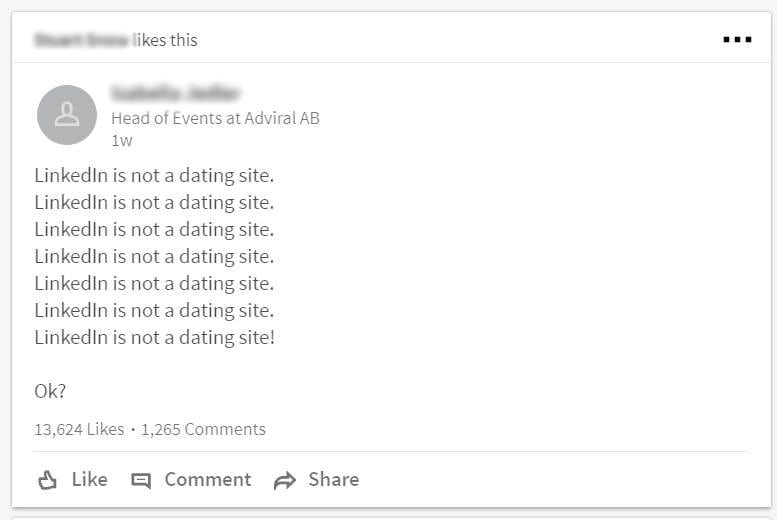Back in 2014, I wrote a blog about how successful B2B lead nurturing is a lot like dating – even with the way dating has changed since then, with the rise of Tinder, the comparison still holds true.
Tinder go to great lengths to study their user base and produce stats that show the app is about more than just one-night stands. Jessica Carbino, Tinder’s on-site sociologist, compared online daters to offline daters. She found:
- Online daters were 5% more likely to say ‘I love you’ in the first year of dating
- Online daters were better at asking questions of prospective partners
- Only 9% of male Tinder users said they found it difficult to maintain a committed relationship, compared to 30% of offline daters

But what about B2B lead nurturing? As marketers, we’re even more obsessed with data than Tinder. So, what are the stats that make our heads spin and change the way we think about lead nurturing?
What objections really mean
When you’re looking for dates online, if someone objects to every other thing you say you’re probably barking up the wrong tree.
However, you might be surprised to discover that objections from your prospective clients might actually be a good thing!
Studies have shown that prospects that end up buying have 58% more objections than prospects that don’t.
The consensus is that this is due to active listening – the buying prospect is engaged in what you are putting forward and therefore are more likely to interrogate it.
What does that mean for us? It means that we shouldn’t assume that an objection is a rejection! If a prospect has objections, then engage them in that discussion – explain your position or maybe put forward an alternative. It could be a sign that they’re engaged and want to find out if you can hold your own.
You might need to call them again
With Tinder and other online dating apps, you have countless prospective dates to choose from. That gives you the opportunity to be pickier than you might be offline.
Increasingly, with the ever-improving nature of ad targeting online we’re seeing more and more relevant marketing material. Just like with online dating, we’re seeing more options – as such, we’re more picky. It also moves cold calling further and further into the ‘undesirable’ pile.

Making it memorable
So, despite all of the talk about statistics in this article they may actually be the last thing you want to be putting in front of prospects.
In their book Made to Stick: Why Some Ideas Survive and Others Die, Chip and Dan Heath observed that after a presentation, 63% of attendees remember stories. Only 5% remember statistics.
Much like when you’re first chatting to someone you have your eye on – whether that’s in a bar or online – you want to be memorable. You don’t want them forgetting about you, you want them to be thinking about you for days to come!
When you think about it in those terms, it makes sense that stories are going to win over statistics – but that doesn’t mean that data doesn’t have a place. Think of stats as the starting point. If you have a great result to talk about, what you need to do is think about the story.
What did you do to achieve that result? Where did you start, and where did things end up after your success? What challenges did you overcome on the way? A statistic can be boring, but the story around it can be exciting and intriguing.
Need help with lead nurturing?
These stats might’ve made you take a second look at your B2B lead nurturing processes. Improving the way you approach prospecting, and then the way in which you nurture those leads, can have a significant positive effect on your bottom line.
Contact us today and let’s talk about how digital can help you get more leads – and then turn those leads into sales!
And just remember that while LinkedIn is a great way to find new prospects for your business…

